Â
Â
Â





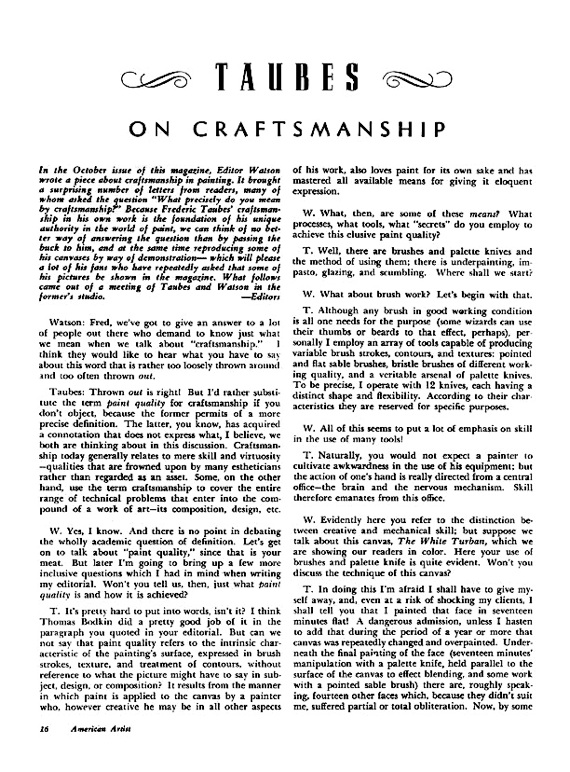


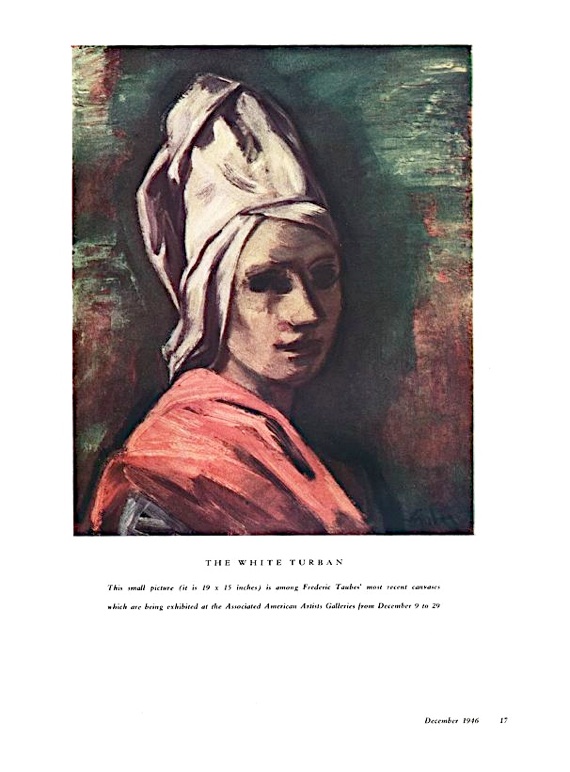

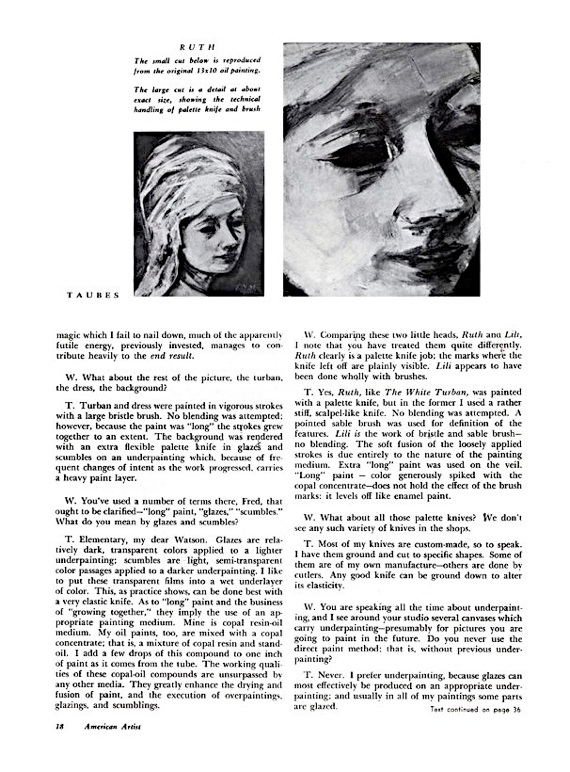

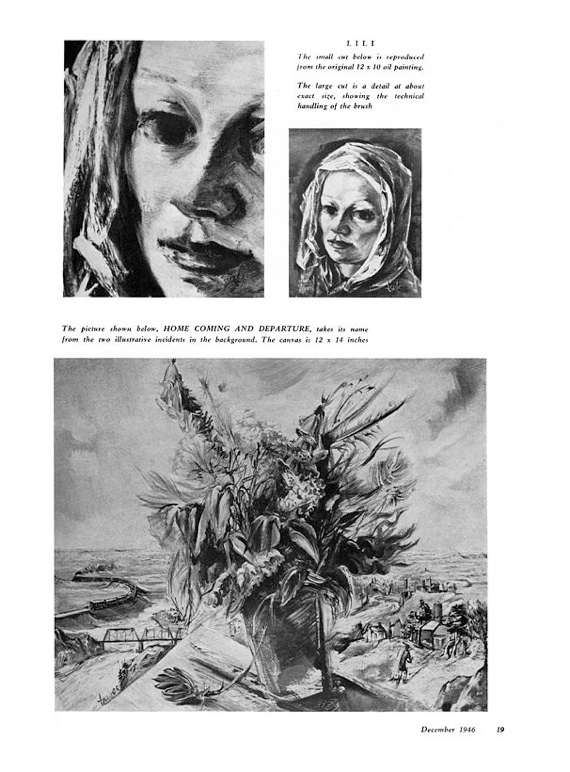

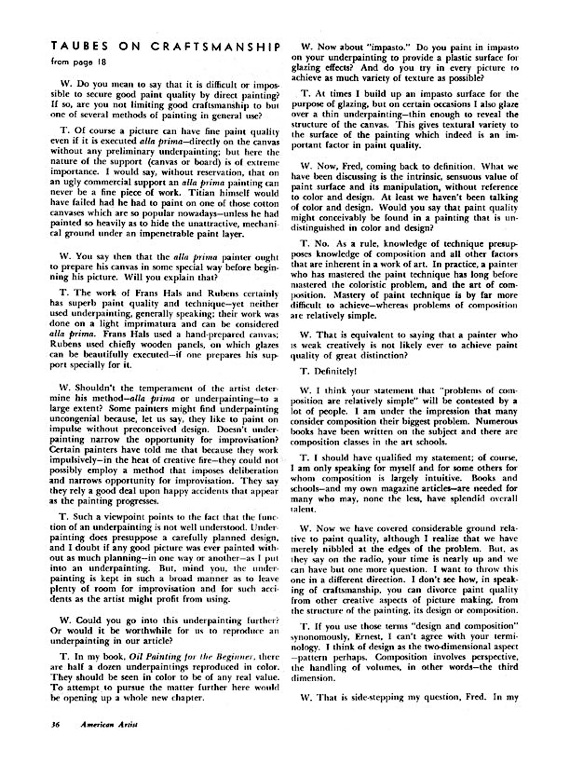

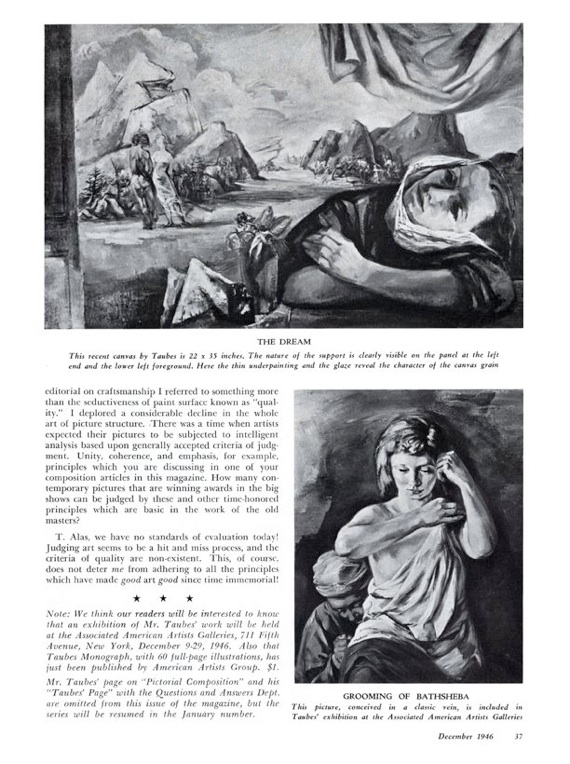


Frederic
Taubes

On Crafts-
manship

Text-only
Version
Â

The text of this article is reprinted at the bottom of the page
The text of this article is reprinted at the bottom of the page
10.
crafts-
manship
The text of this article is reprinted at the bottom of the page
The text of this article is reprinted at the bottom of the page
The text of this article is reprinted at the bottom of the page
The text of this article is reprinted at the bottom of the page










The Frederic Taubes GallerYÂ Â Â Â Â Â Â Â Â Â Â Â Â Â Â Â Â Â Â Info@FredericTaubes.com

Â
Â
